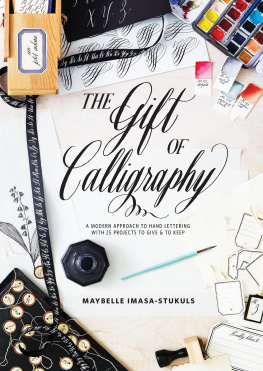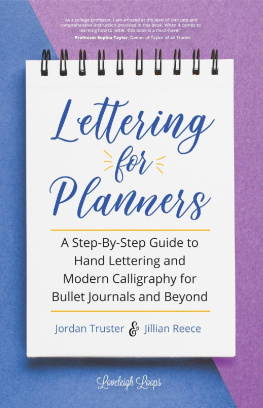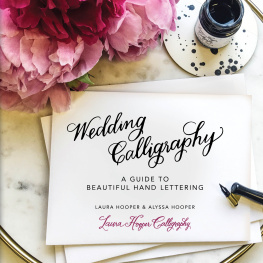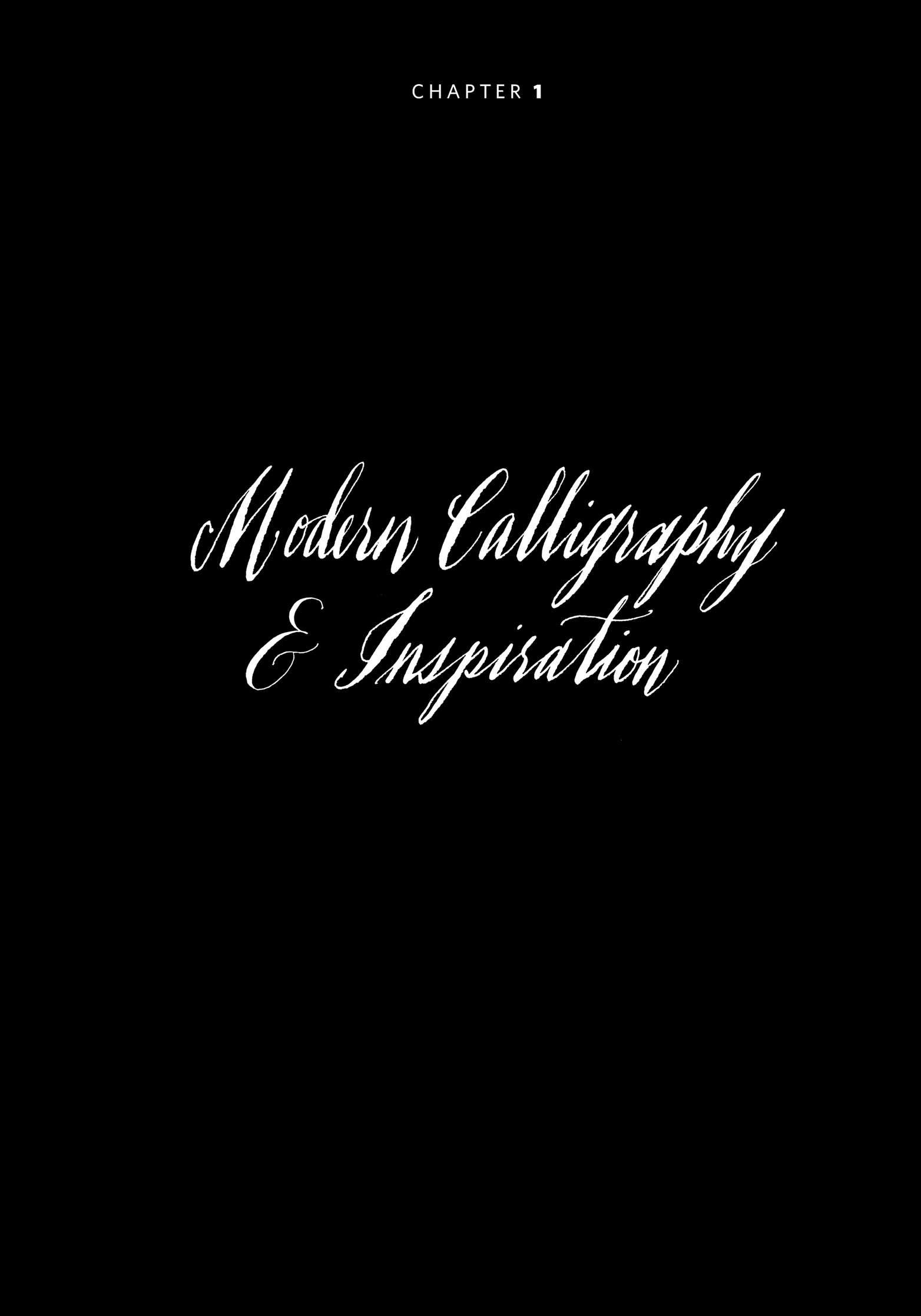Contents
With Gratitude
To my husband, Greg, the best gift-giver in the whole world. Gunnar for always diving in feet first (since birth) and Ligaya, my beautiful daydreamer, I am always inspired by your creativity. Thank you for assisting me at my workshops and for putting up with a very tired and busy mommy. I love you all so very much. To Ali Slagle who first approached me with the idea of this dream book. Jenny Wapner and Leigh Saffold, my editors, and the team at Ten Speed/Watson-Guptill. Kate Woodrow of Present Perfect Department for going above and beyond for me. Rebecca, Patrick, and Poet for the constant flow of ideas, espresso, and hot chocolate, without you this would have been an entirely different book.
Marc & Lourdes Bacani, Mom & Dad, Janice Imasa, Rita MacDonald, Derek Voldemars Stukuls, Voldemars & Ligita Stukuls, Lucio Family, Stukuls Family, Chakars Family, Bacani Family, James Butler, Shigeko Yamaguchi Butler, Theresa Canning Zast, Darcy Miller, Jordan Ferney, Lisa Congdon, Kristen Hewitt, Angie Myung, Ted Vadakan, Angela Liguori/Studio Carta, Creativebug, Mark & Graham, Chronicle Books, Dagmar Herbstreuter, Julie Horton, Katie Albayrak, Chloe Warner, Brad Rhodes, Kerensa Hogan, Casie Permenter, Canyon School, Sarah Keller, Kelley Westling, Cambria Blakely, Mary Ellis Arnold, Kate Wees, Phil Hyunh, Megan & Giles Morton, Stephanie Stamatis, Alyce Harley, McLane-Gonzalez Family, Joanna & Andrew Katz, Brigid, Mark & Matilda Malabuyo, Stefan Gustafsson, Christine Hebel, Levi Velvick, JT meister aka John H. Thomas, Tanya Keliihoomalu Flores, Michael Cueva, Caryn Saito, Allyn Bromley, Anne Bush, Alan Shimato, Chae Ho Lee, Carl F. K. Pao, Olivia San Mateo, Elizabeth Messina, Samantha Hahn, Grace Biggs, Dr. Veronica Shim, Jill Lauck, Katrina, Philip & Sophia Nazareth, Letty Semana, Lori Nova Endres, Etienne Fang, Amelia Ho, Tristan La Fer, Michelle Porter, Jess McCarty, Kerry Lucas, Anne Keenan Higgins, Rae Dunn, Theresa Weller, Lauren McIntosh, Emily J. Snyder, Stephanie Fishwick, Janis Anzalone, Sabine Pick, Victoria Heifner, Diva Pyari, Breda Hynes, Ellie & Morgan Mueller, Lisa, Dave & Penelope Grant, Cori Uwaine, Linh Trieu, Jessie James, Heidi Moore-Gill, Julie & Michael Parker, Ingrid Fetell Lee, Meg Mateo, Meg McGinnis, Tara K. Reddi, Mike Wesson, and finally each and every one of the students that I have ever had the privilege to meet and learn from.
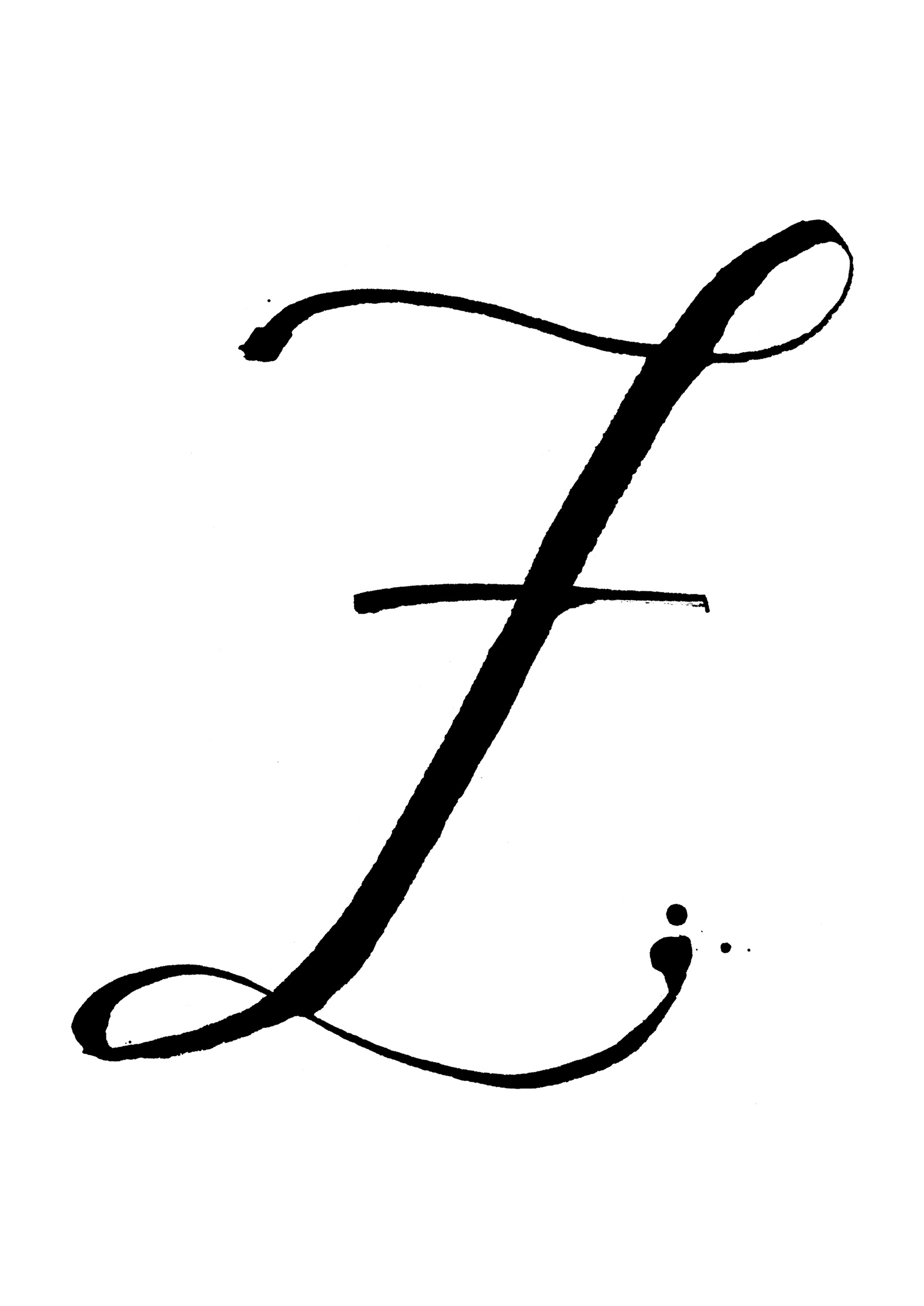
Maybelle Imasa-Stukuls is a highly sought-after artist, designer, and calligrapher, and the author of Belle Calligraphy Kit. She teaches sold-out calligraphy workshops in the United States and worldwide, and her work has been regularly featured in magazines such as Martha Stewart Weddings, Sunset, and Better Homes & Gardens, and on websites such as Oh Happy Day!, The Design Files, Sunday Suppers, and Design*Sponge.
Maybelle is from the island of Oahu in Hawaii and now lives in the San Francisco Bay Area with her husband and twins. Visit her at www.may-belle.com and on Instagram @Maybelleimasa.
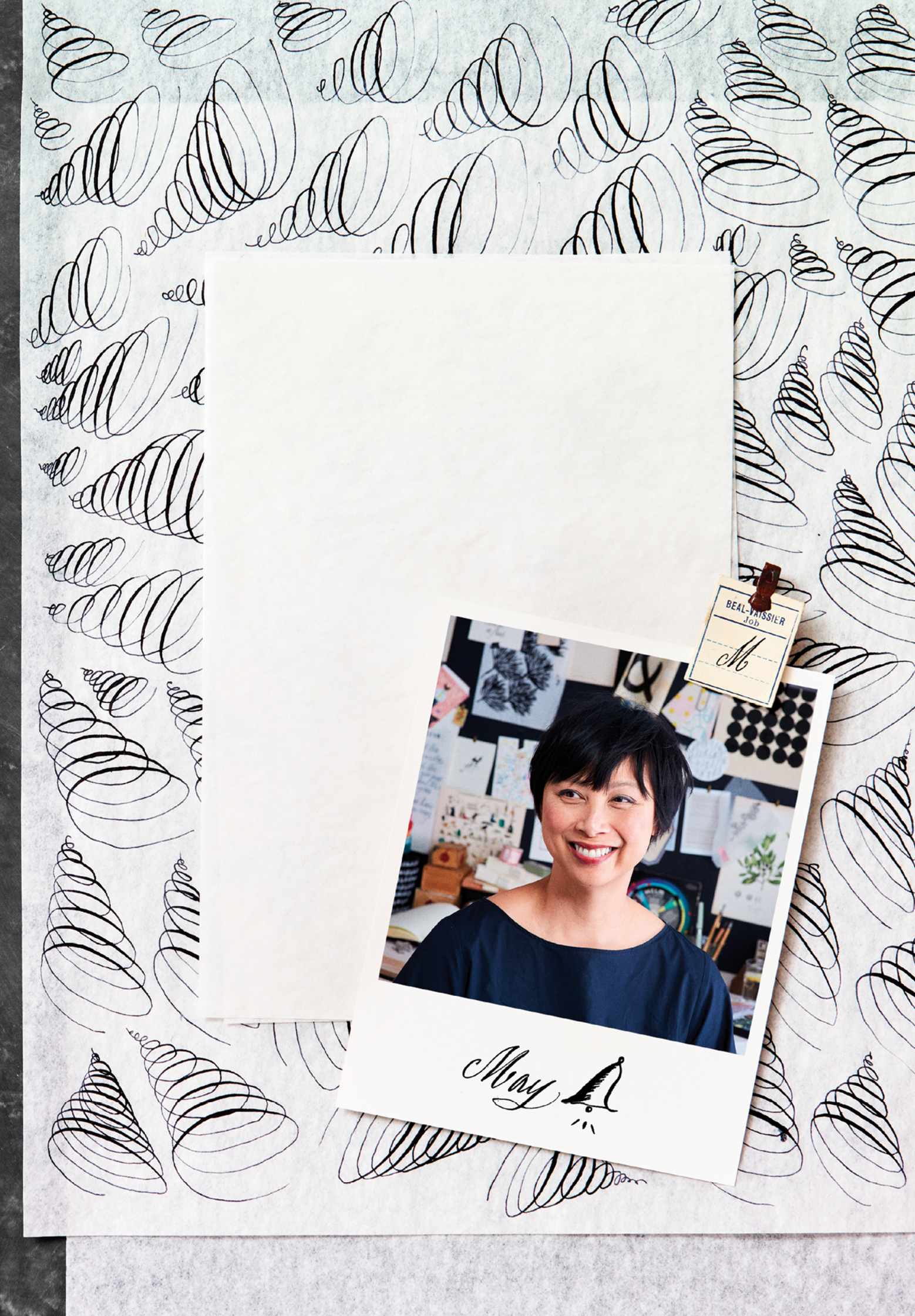
What Is Calligraphy?
The word calligraphy is a broad term that encompasses many writing styles from different parts of the world. Some forms of calligraphy are created using a brush dipped into ink. Others use a pen with a metal nib that may be chiseled, as in European and medieval styles, or pointed, in Spencerian and Copperplate styles for italics. The actual definition of the word calligraphy comes from the Greek word kalligraphia, which means beautiful writing.
For thousands of years, writing has been the way information was passed on from generation to generation. Carefully drawing letterforms with precision and legibility was viewed as an art form, and these shapes were often quite ornamental and used in engravings. Even up until the end of the twentieth century, tidy handwritingparticularly cursivewas an integral part of schoolwork. Students were given copybooks and instructed to write their letterforms exactly as shown. Teachers would deduct points if their students penmanship was untidy, and students were strictly graded based on legibility. With the advent of computers and other technology, the importance of handwriting has declined, and many schools are dropping it as part of their curriculum. Perhaps because of this, calligraphy has become highly specialized and sought after for wedding materials, certificates, and paraphernalia for other special events.
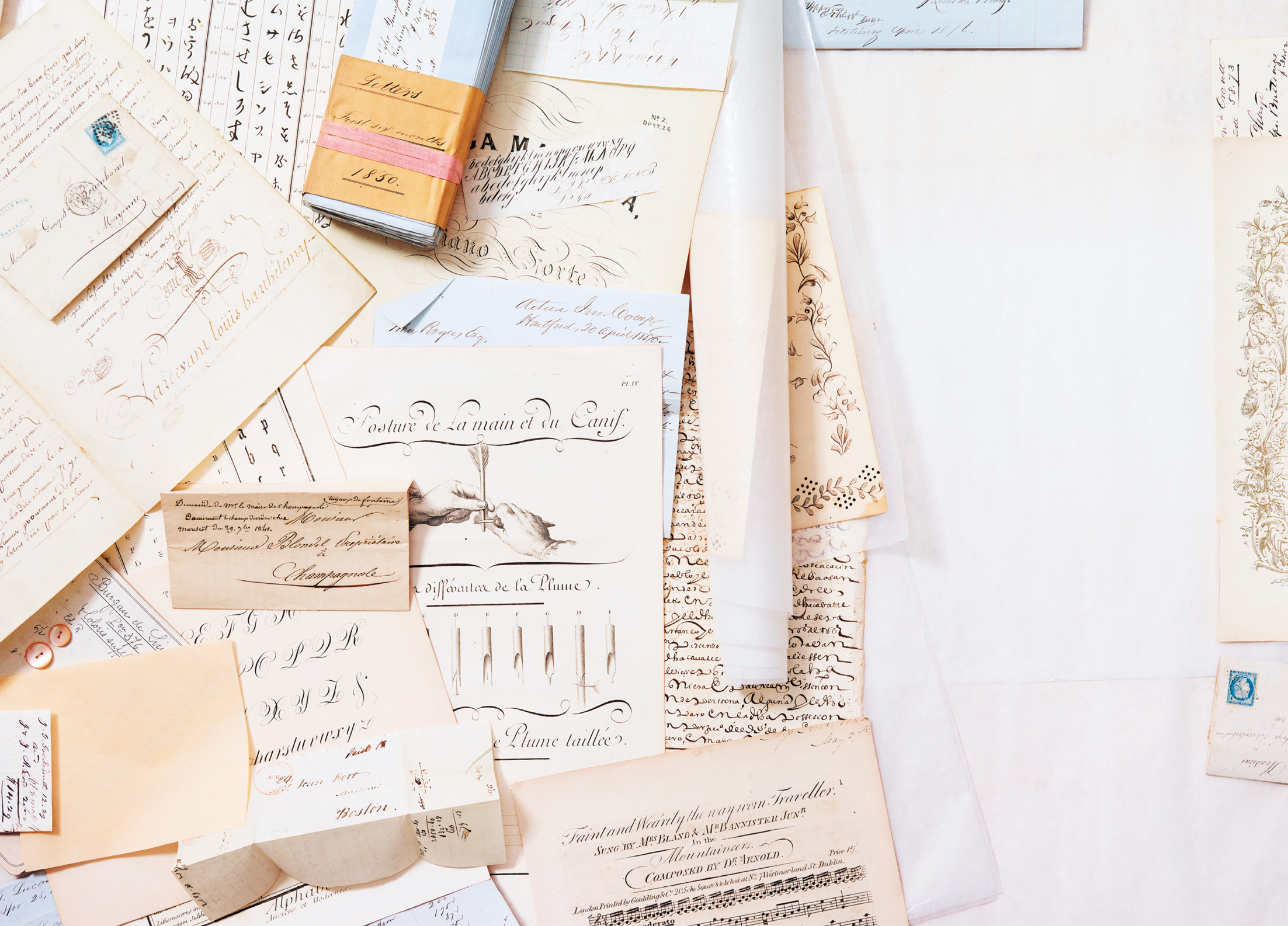
Some vintage examples from my personal collection of different types of calligraphy. Ive collected (and continue to collect!) all manner of calligraphic works that I find at thrift stores, flea markets, eBay, and Etsy, both at home and abroad.
Modern Calligraphy
The term modern calligraphy simply means that the style is derived from your own handwriting, and it usually describes work created after the year 2000. It was then that calligraphys renaissance as an art form began, and there has been a huge increase in artists who use it in their work. It really is an exciting time to be a calligrapher, and to witness how artists use technology to quickly learn via YouTube or Instagram, and to reach a large audience on the Internet. Modern calligraphy is the best way to describe my workand though my style is derived from many traditional styles, if you were to look at my actual handwriting, it does appear to be quite similar.
For those who practice calligraphy as a form of art, there is a wide range of skill levels, from hobbyists to professionalsand then there are a few who take it to the highest level and become Master Penmen. In the United States, becoming a Master requires a strict lettering process, and there are specific rules to follow established by the International Association for Master Penmen, Engrossers, and Teachers of Handwriting (IAMPETH). In order to receive the official certificate as a Master, you must meet the IAMPETHs specific standards of the fine art of penmanship. Master Penman is the only official title available in the calligraphy world, but its really more for those who are interested in creating historically accurate forms of calligraphy, as opposed to the modern calligraphy that I share in this book. While I have the utmost respect for traditional calligraphic styles, I do not consider myself a master. I believe one can be an exceptional calligrapher without technically being a master. Its like playing the pianoyou dont need to be a professional concert pianist to enjoy it and share it with others.
Handwriting vs. Calligraphy
In my experience, people often have different perceptions about what calligraphy is. Some visualize an image of italic letters, which are forms written with a chiseled nib or felt-tip pen. Others think calligraphy is perfectly formed script with ornate letters and flourishesin other words, just a fancier form of handwriting.
But what technically distinguishes calligraphy from handwriting is, with calligraphy, you are always dipping a brush or pen into ink. When you examine calligraphy from China, Korea, and Japan, the characters are artfully produced using a brush dipped into ink. Arabic script calligraphy is written with a carved reed pen dipped into ink. In this book youll mostly learn about dipping a pointed metal nib into ink, though Ill also touch on other materials to experiment with.

